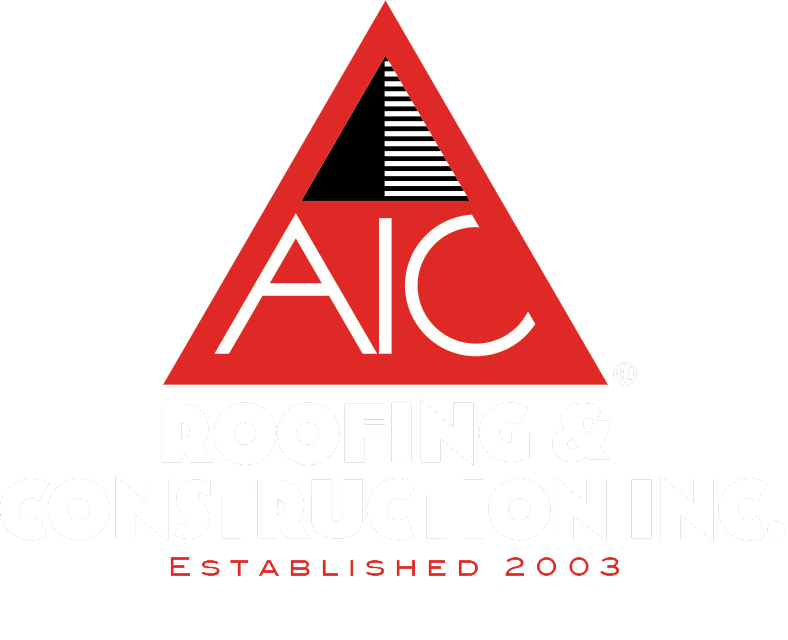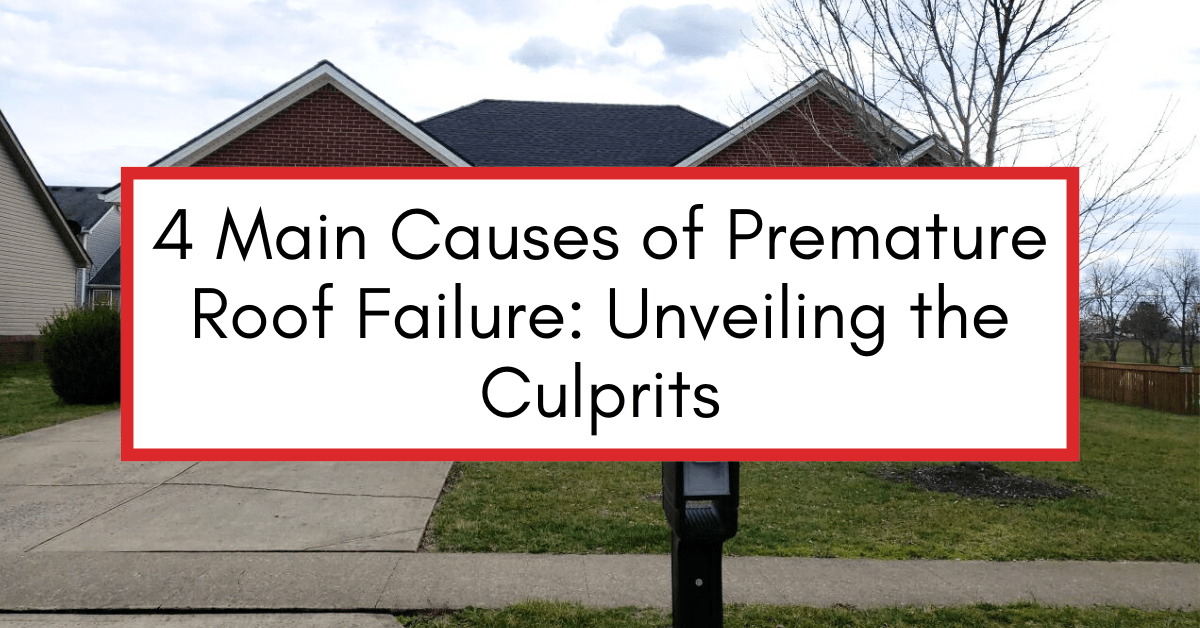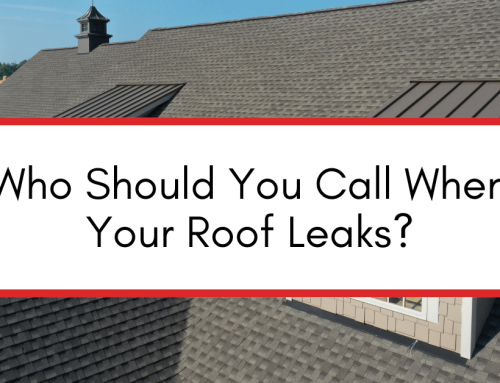Your roof is an essential part of your home’s structure, protecting you and your belongings from the elements. However, it is not uncommon for roofs to fail prematurely, leading to costly repairs or even replacement.
At AIC Roofing & Construction, we want to help Central Kentucky and Cincinnati homeowners extend the life of their roof for as long as possible. In this article, we will dive deep into the four main causes of premature roof failure, shedding light on the culprits that can compromise the integrity of your roof and your peace of mind.
Understanding Premature Roof Failure
Before we delve into the causes, let’s first grasp the concept of premature roof failure. Simply put, it refers to a situation where a roof deteriorates or fails before reaching its expected lifespan, which is typically determined by the roofing material manufacturer. Premature roof failure can be a homeowner’s worst nightmare. Imagine investing in a new roof, expecting it to protect your home for decades, only to find out that it’s failing after half of its expected lifespan. This not only puts your property at risk but also adds financial burden as you have to bear the cost of repairs or even a complete roof replacement.
One of the key factors that contribute to premature roof failure is poor roof maintenance. Neglecting regular roof maintenance can accelerate the aging process and lead to the early deterioration of the roof. It’s important to understand that a roof is constantly exposed to harsh weather conditions, including rain, snow, wind, and UV rays. Over time, these elements can take a toll on the roof, causing it to weaken and eventually fail.
The Importance of Roof Maintenance
Maintaining a regular roof maintenance schedule is crucial for its longevity. Failure to do so can accelerate the aging process and lead to premature failure. We recommend that homeowners get their roofs inspected annually, to ensure there are no small repairable items. Roof inspections are typically free, making them an easy part of home maintenance.
During a roof maintenance inspection, professionals will thoroughly examine the roof for any signs of damage or wear. They will check for loose or missing shingles, damaged flashing, clogged gutters, and any other issues that may compromise the integrity of the roof. By addressing these issues early on, you can prevent further damage and extend the lifespan of your roof.
In addition to regular inspections, proper roof maintenance also involves cleaning the roof and gutters. Leaves, debris, and moss can accumulate on the roof, trapping moisture and causing the shingles to deteriorate. Regular cleaning helps prevent this buildup and ensures that water can flow freely off the roof, reducing the risk of leaks and water damage.
Signs of Premature Roof Failure
Recognizing the signs of premature roof failure is essential for taking timely action. Keep an eye out for indicators such as curling, cracking, missing or damaged shingles, water leaks, sagging roof structure, or excessive granule loss on asphalt shingles. Addressing these signs promptly can save you from extensive damage and costly repairs.
One of the most common signs of premature roof failure is curling shingles. As the roof ages, the shingles can start to curl at the edges or in the middle. This is often a result of prolonged exposure to the sun’s UV rays, which cause the shingles to become brittle and lose their flexibility. Curled shingles can allow water to seep underneath, leading to leaks and further damage.
Cracking is another sign of premature roof failure. Over time, the constant expansion and contraction of the roof due to temperature changes can cause the shingles to crack. This can create openings for water to penetrate, leading to leaks and water damage inside your home. It’s important to address cracked shingles as soon as possible to prevent further deterioration.
Missing or damaged shingles are also indicators of premature roof failure. Strong winds, heavy rain, or even pests can cause shingles to become dislodged or damaged. When shingles are missing or broken, the underlying layers of the roof are exposed to the elements, increasing the risk of leaks and structural damage.
Water leaks are perhaps the most obvious sign of a failing roof. If you notice water stains on your ceilings or walls, it’s a clear indication that your roof is compromised. Ignoring these leaks can lead to mold growth, rotting of the roof structure, and even damage to your belongings.
Sagging roof structure is a serious sign of roof failure that should not be ignored. It indicates that the structural integrity of the roof has been compromised, possibly due to water damage or weakened support beams. A sagging roof can pose a significant safety risk and requires immediate attention from a professional roofer.
Excessive granule loss on asphalt shingles is another sign that your roof may be failing prematurely. Asphalt shingles are designed to have a layer of granules that protect them from UV rays and provide fire resistance. If you notice a significant amount of granules in your gutters or downspouts, it’s a sign that your shingles are deteriorating and may need to be replaced.
In conclusion, understanding the concept of premature roof failure is crucial for homeowners. By prioritizing regular roof maintenance and being aware of the signs of roof failure, you can take timely action to prevent further damage and ensure the longevity of your roof.
The Role of Weather Conditions
Weather conditions can wreak havoc on your roof, hastening its deterioration and promoting premature failure. Let’s explore the impact of two key weather-related factors: extreme temperatures and damaging storms and high winds.
When it comes to the longevity of your roof, extreme temperatures can play a significant role. Intense heat, especially during scorching summer months, can cause shingles to expand and buckle. This expansion puts immense pressure on the roof’s structure, leading to cracking and premature aging. The constant exposure to high temperatures can also cause the shingles to lose their protective granules, making them more vulnerable to damage from UV rays.
On the other hand, freezing temperatures can be equally detrimental to your roof. When winter arrives and temperatures drop below zero, the shingles contract and become brittle. This makes them susceptible to damage from other elements such as ice, snow, and even hail. The constant freezing and thawing cycles can weaken the shingles’ integrity, making them more prone to cracking and breaking.
Extreme temperatures, both hot and cold, can have detrimental effects on your roof. Intense heat can cause shingles to expand and buckle, leading to cracking and premature aging. Conversely, freezing temperatures can cause the shingles to contract and become brittle, making them susceptible to damage from other elements.
But extreme temperatures are not the only weather conditions that can wreak havoc on your roof. Storms and high winds can pose significant threats to your roof’s integrity as well. When a storm hits, heavy rainfall, hail, or snow can lead to water infiltration. This water seeps into the roof’s structure, causing rot, mold growth, and the deterioration of underlying materials. Over time, this can weaken the roof’s structural integrity and lead to costly repairs.
Furthermore, strong winds accompanying storms can cause severe damage to your roof. The force of the wind can lift shingles, tearing them off completely and exposing the vulnerable underlayment. This leaves your roof susceptible to water damage and further deterioration. Additionally, high winds can carry debris such as tree branches, leaves, or even airborne objects, which can impact the roof’s surface and cause punctures or other damages.
It is crucial to understand the impact of weather conditions on your roof’s health and take necessary precautions to protect it. Regular inspections, maintenance, and timely repairs can help mitigate the risks associated with extreme temperatures, storms, and high winds. By staying proactive, you can ensure that your roof remains in optimal condition, providing you with the protection and peace of mind you deserve.
Poor Installation and Workmanship
The quality of roof installation and workmanship plays a vital role in its performance and longevity. Let’s discuss the consequences of incorrect installation and the importance of hiring qualified roofing professionals.
The Consequences of Incorrect Installation
If your roof is not installed correctly, it can lead to various problems, including leaks, improper ventilation, and premature failure. Improperly nailed shingles, inadequate flashing, or improper sealing can compromise the roof’s ability to withstand harsh elements and protect your home.
The Importance of Qualified Roofing Professionals
When it comes to installing or repairing your roof, never compromise on the quality of workmanship. Skilled and experienced roofing professionals have the necessary expertise to ensure proper installation, using industry-approved techniques and materials. Investing in qualified roofers will not only safeguard your investment but also provide you with peace of mind.
Inadequate Roofing Materials
The quality of roofing materials used in your roof significantly impacts its durability and resistance to premature failure. Let’s explore the dangers of low-quality materials and the importance of choosing the right ones for your roof.
The Dangers of Low-Quality Materials
Using subpar materials may save you money initially but can cost you dearly in the long run. Inferior materials are more prone to damage from weather conditions, have a shorter lifespan, and may not meet industry standards. Invest in high-quality materials that offer durability, excellent performance, and strength to combat the elements.
Choosing the Right Materials for Your Roof
Depending on your specific needs, there is a wide range of roofing materials available in the market. From asphalt shingles to metal roofing, slate, or tile, each material offers unique benefits and drawbacks. Consider factors such as your budget, climate, and desired aesthetic appeal when selecting the most appropriate material for your roof.
Lack of Regular Maintenance and Inspections
Lastly, neglecting regular roof maintenance and inspections can accelerate the onset of premature roof failure. Let’s highlight the importance of regular roof inspections and provide you with essential maintenance tips to prevent premature failure.
The Need for Regular Roof Inspections
Regular roof inspections are the key to identifying potential issues before they escalate into major problems. By detecting early signs of wear and tear, leaks, or damage, you can address them promptly and save your roof from premature failure.
Maintenance Tips to Prevent Premature Failure
Here are some practical tips to keep your roof in optimal condition:
- Clean your gutters regularly to prevent water accumulation and potential damage.
- Trim overhanging tree branches to avoid fallen debris and minimize the risk of damage during storms.
- Check for and remove any moss or algae growth, as they can trap moisture and cause shingle deterioration.
- Inspect your attic for signs of water leaks or inadequate ventilation, as they can compromise your roof’s integrity.
- Consider applying a protective coating or sealant to enhance your roof’s durability and resistance to the elements.
By adhering to these maintenance practices, you can extend the lifespan of your roof and minimize the risk of premature failure.
If you’re ready to schedule your free roof inspection, contact our experts at AIC Roofing & Construction today!
3-tab attics barns chimney choosing a contractor commercial cost curb appeal DIY estimate financing flashing flat roof GAF glossary gutter replacement gutters gutter size gutter system ice dams inspections insurance missing shingles roof design roofing materials roofing system roof leak roof maintenance roof materials roof repair roof replacement roof shapes roof types shingle ratings shingles siding siding materials siding replacement skylights storm damage underlayment ventilation warranty winter







